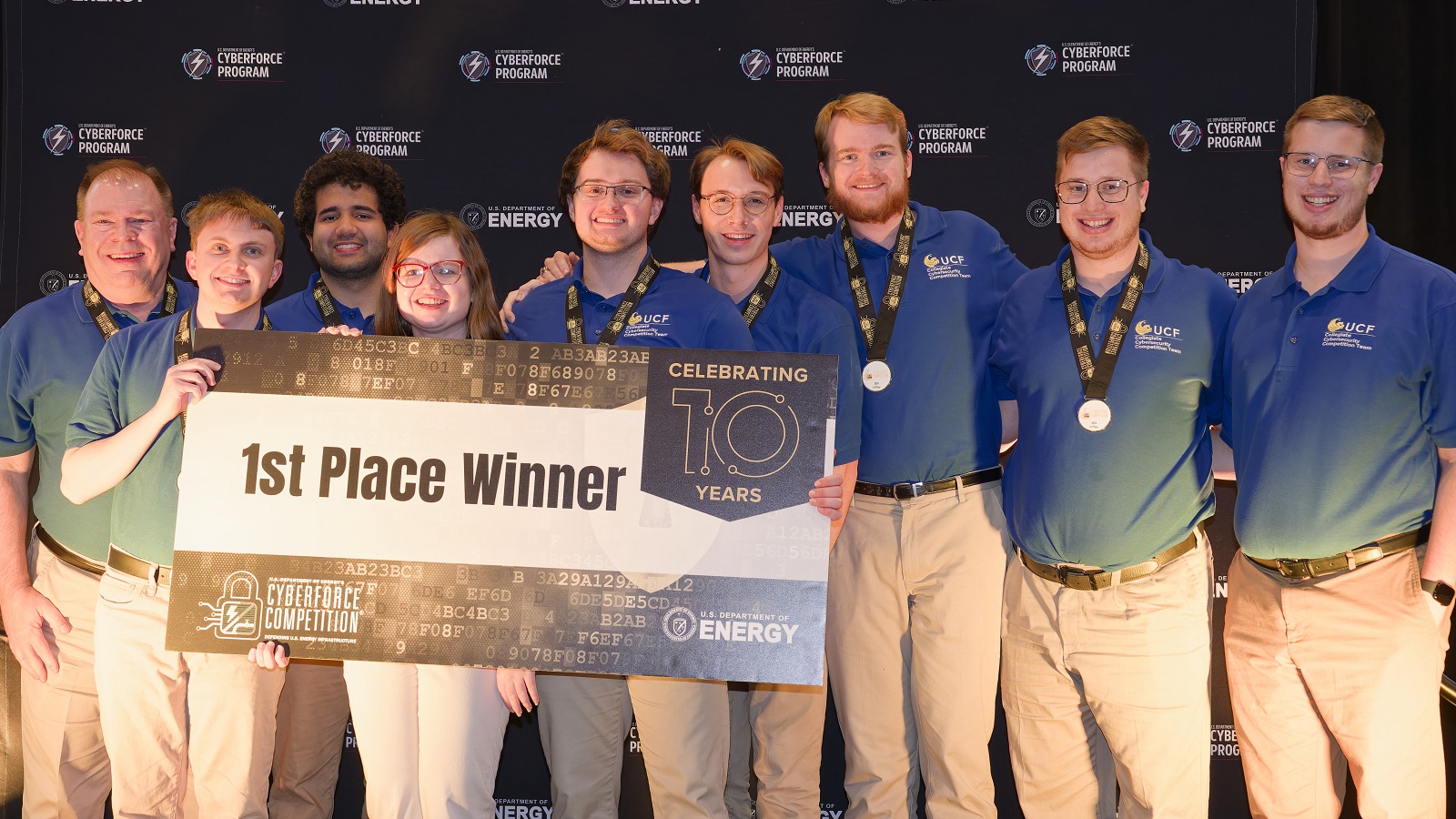The Science
Black carbon, or soot, enters the air mainly as a byproduct of fuel combustion and absorbs sunlight. This leads to a strong warming effect on the Earth’s atmosphere. However, scientists do not have a complete understanding of the exact impact of this warming effect from soot. This analysis shows that a soot particle’s shape and chemical composition can vary significantly. This variation creates discrepancies between the predictions of standard models and observations of the atmosphere.
The Impact
Modeling and laboratory studies suggest that black carbon absorbs sunlight more strongly when mixed with other aerosol components, such as dust. However, some observations show that this increase in absorption is more variable and weaker than expected. This research combined measurement and modeling to provide a framework that explains globally disparate observations of black carbon. Scientists can use this framework to improve their estimates of how much sunlight black carbon absorbs globally.
Summary
The researchers used laboratory data from the Fourth Boston College-Aerodyne Black Carbon Experiment to strengthen estimates from the particle-resolved Particle Monte Carlo Model for Simulating Aerosol Interactions and Chemistry (PartMC-MOSAIC). They found that lower-than-expected enhancements in ambient measurements result from a combination of two factors. First, models often assume a spherical black carbon particle coated by other organic materials in the air, an approximation that generally overestimates light absorption. Second, and more importantly, models do not adequately consider heterogeneity in composition from particle to particle. This second factor leads to substantial overestimation of absorption by the total particle population, with greater heterogeneity associated with larger differences between models and measurements. Accounting for these two effects—deviations from the core-shell approximation and variability in per-particle composition—reconciles absorption enhancement predictions with laboratory and field observations and resolves the apparent discrepancy. The microscopy analysis was partially conducted at the Environmental Molecular Sciences Laboratory, a Department of Energy Office of Science user facility, as part of its Biogeochemical Transformations and Isotope & Chemical Analysis Integrated Research Platforms.
Funding
This work was supported the Department of Energy Office of Science, Atmosphere Systems Research program. It was also supported by the National Science Foundation and two DOE Office of Science user facilities, supported by the Office of Science Biological and Environmental Research program: the Atmospheric Radiation Measurement (ARM) user facility and the Environmental Molecular Sciences Laboratory.



